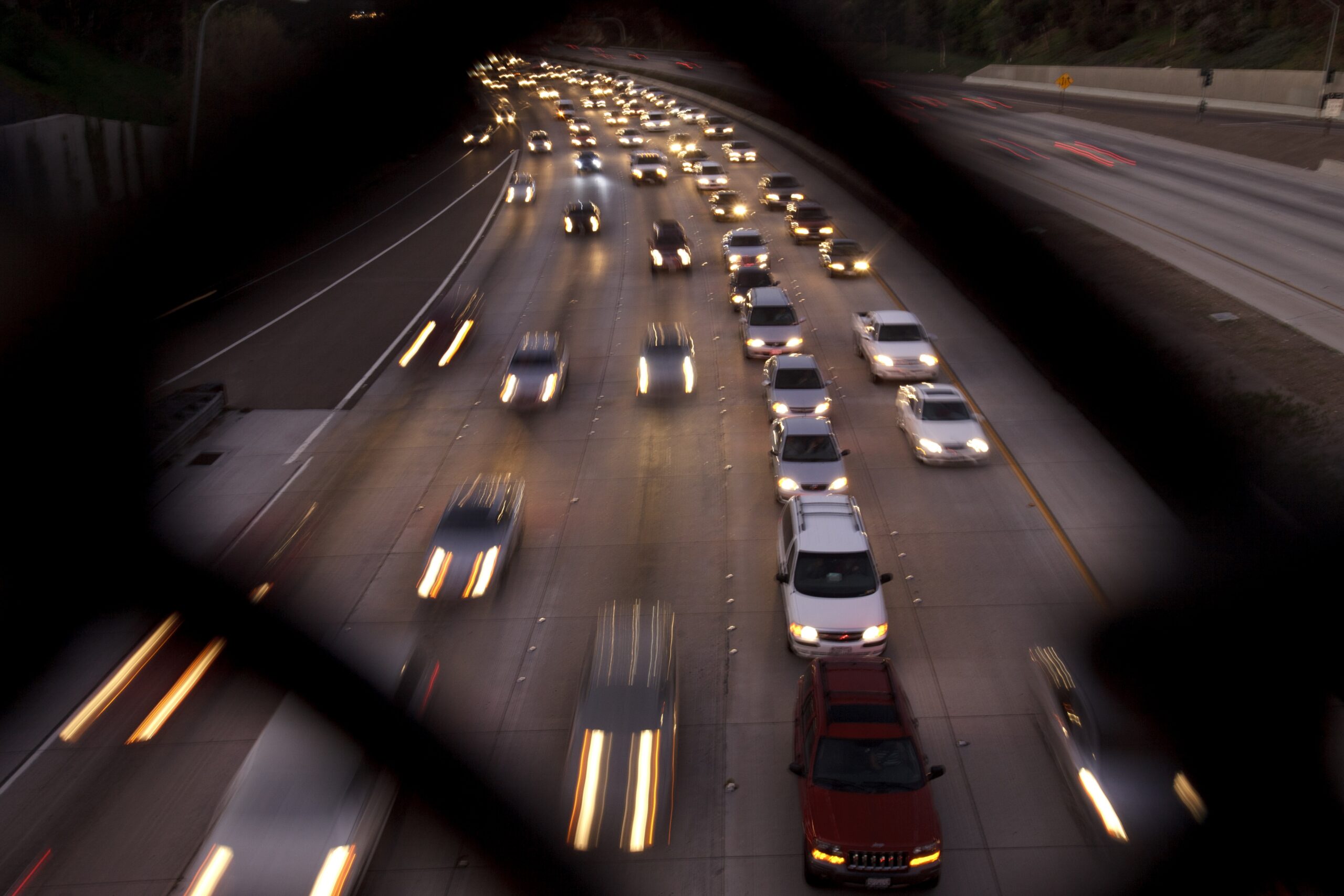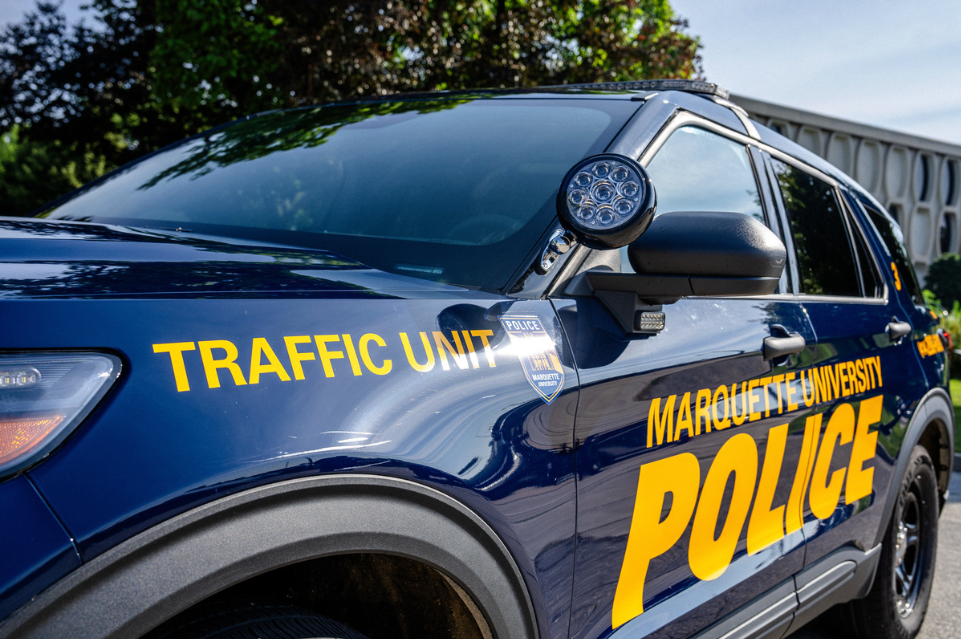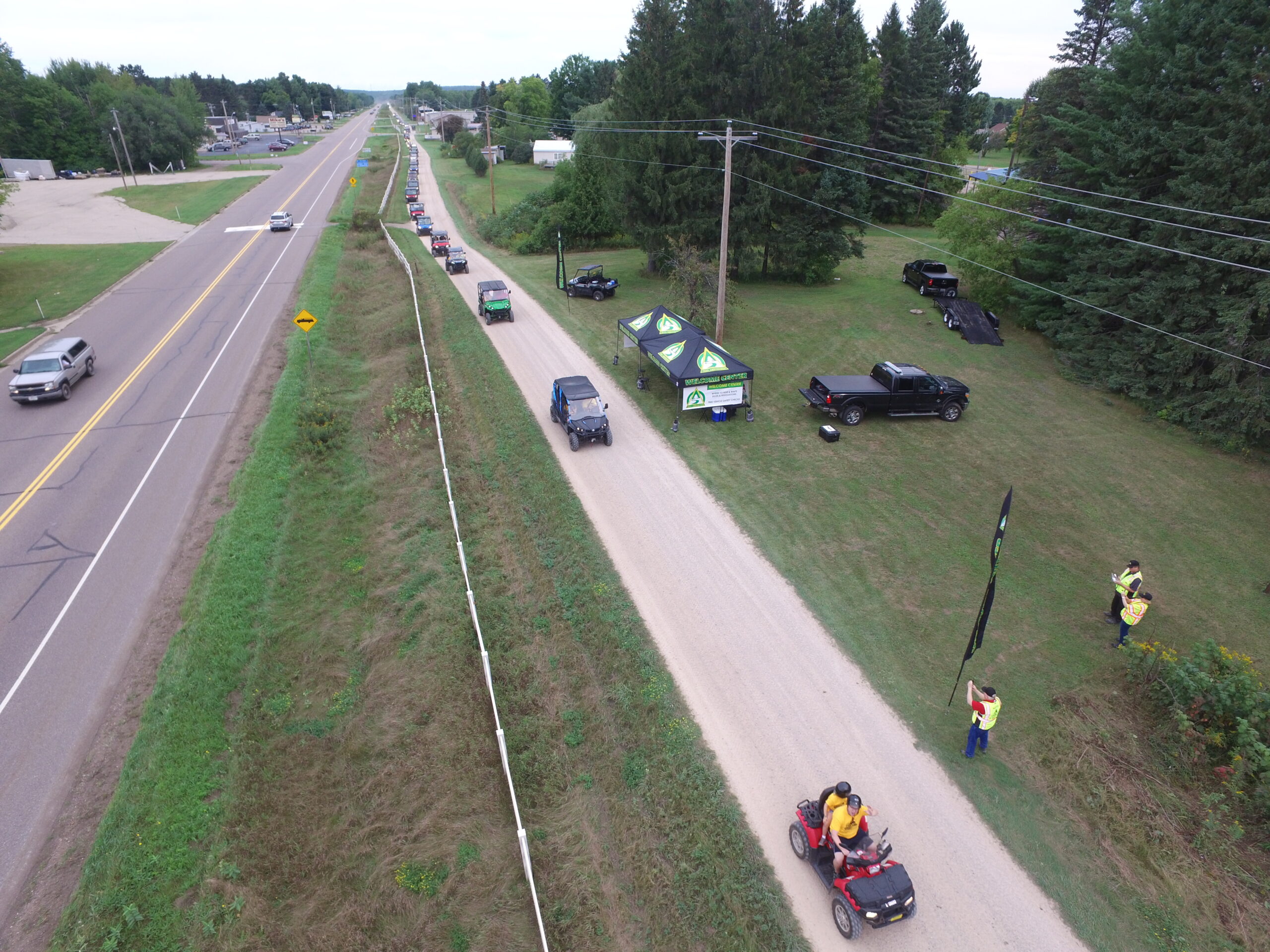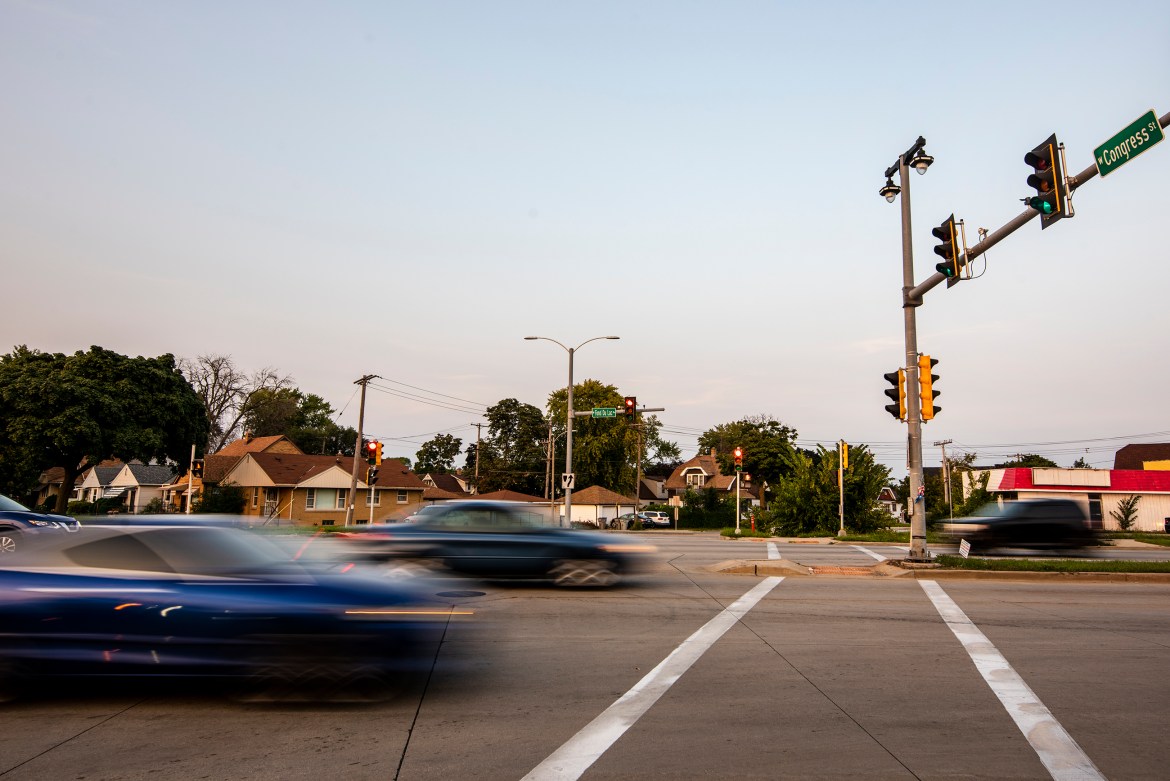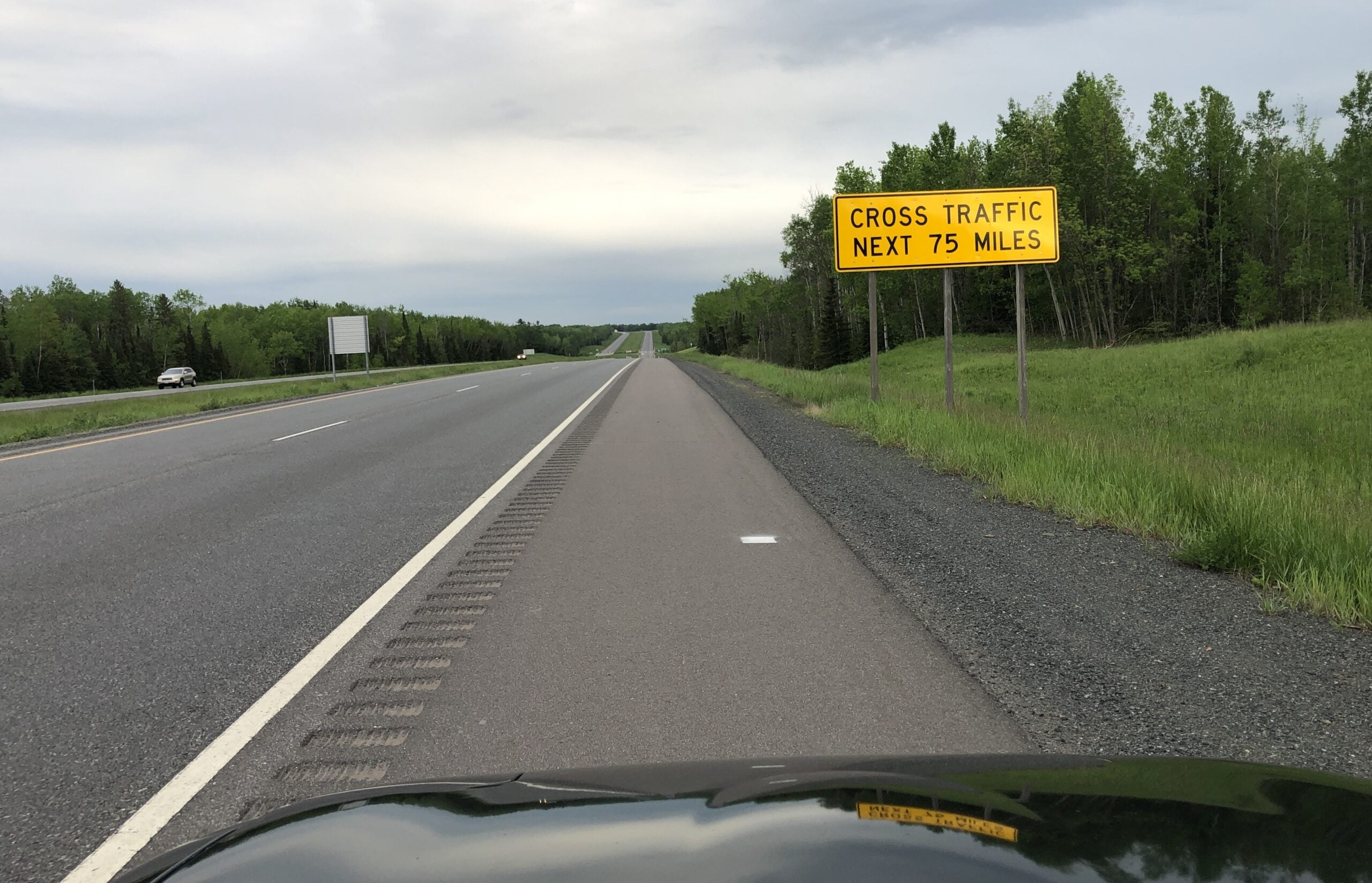Wisconsinites are speeding more and wearing their seat belts less.
The state is on track to see more traffic deaths this year than in 2021, which would mark the fourth straight year of increases.
Speaking with Kate Archer Kent on Wisconsin Public Radio’s “The Morning Show” on Friday, David Pabst of the state Department of Transportation called the continuing trends of more reckless driving “alarming.” Last fall, the state launched a “Buckle Up, Phone Down” public awareness campaign to try to push back the trends in risky driving that appeared to accelerate during the pandemic.
News with a little more humanity
WPR’s “Wisconsin Today” newsletter keeps you connected to the state you love without feeling overwhelmed. No paywall. No agenda. No corporate filter.
This interview has been edited for brevity and clarity.
Kate Archer Kent: As of yesterday, this year 394 people have died in traffic accidents in Wisconsin. This is slightly more than the 379 fatalities at this point last year. Why are our state’s roads getting more dangerous?
David Pabst: The roads themselves are getting better. It’s the drivers’ behavior that is causing the problem we’re seeing out there. People are just driving more recklessly. The dangerous driving behaviors include speeding, distraction and impairment. And to top it all off, people aren’t wearing their seat belts, so when they do crash they end up getting hurt or killed.
KAK: The decline in seat belt use is surprising, because for decades there has been a push to get people to buckle up. Do you see that reversing?
DP: A few years ago we got up to over 90 percent seat belt use in Wisconsin. Right now we have preliminary numbers that show we’re at 87 percent or so. It’s kind of alarming, because people are wearing seat belts less and they’re driving more aggressively. It’s really a recipe for disaster.
KAK: When you break down the traffic fatalities, what do you see in the numbers?
DP: Overall, speeding is up. That’s really dangerous behavior. And there’s this certain group: Young males tend to speed more than others. Besides speeding, they’re more likely to drive drunk, and potentially also are not wearing their seat belts. That young male demographic, between 18 and 34 or so, is a real problem for us to try to get their attention to say. “Hey, you’re not invincible. You need to buckle up, slow down and drive sober.”
KAK: What about driving under the influence? Is that becoming more of a problem?
DP: Overall we’ve done a great job of attaching a social stigma to driving impaired. Back in the 1970s, over 60 percent of fatal crashes involved alcohol, and now we’re down to about 27 percent. That’s unacceptable, of course, but we’ve made huge progress. The area we’re seeing an increase in is the use of drugs. We’re seeing crashes involving drugs are on an uptick, more so than alcohol. And when you combine alcohol and drugs, you really have a deadly combination.
KAK: What do you see when it comes to cellphone use and distracted driving?
DP: You’re four times more likely to be in a crash if you’re on the phone. You’re cognitively distracted, and with a phone your hands are distracted and your eyes can be distracted if you’re looking at the screen. We have seen an uptick in fatalities involving distraction. People are used to being on their phones all the time. But let’s say you stop at a stop sign and you look at a text. Your brain is literally distracted for 24 seconds after you look at that text.
You really have to realize that the phone is dangerous and you need to put it down. Put it somewhere where you’re not tempted to use it.
Wisconsin Public Radio, © Copyright 2026, Board of Regents of the University of Wisconsin System and Wisconsin Educational Communications Board.
